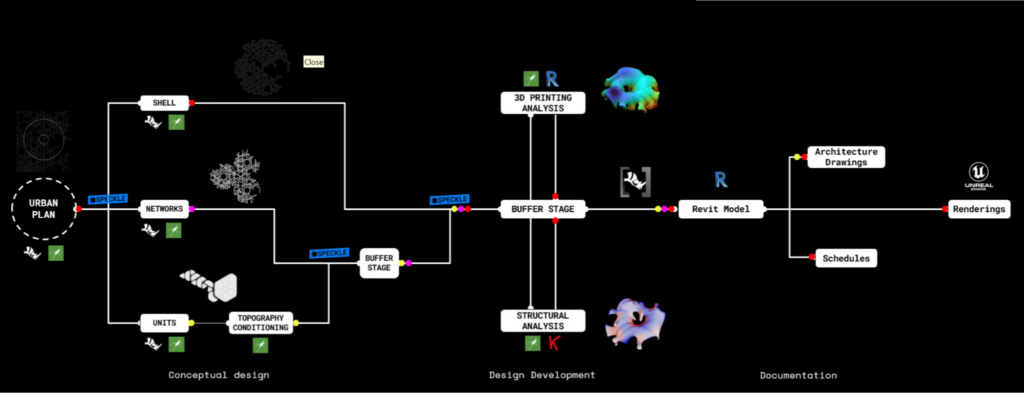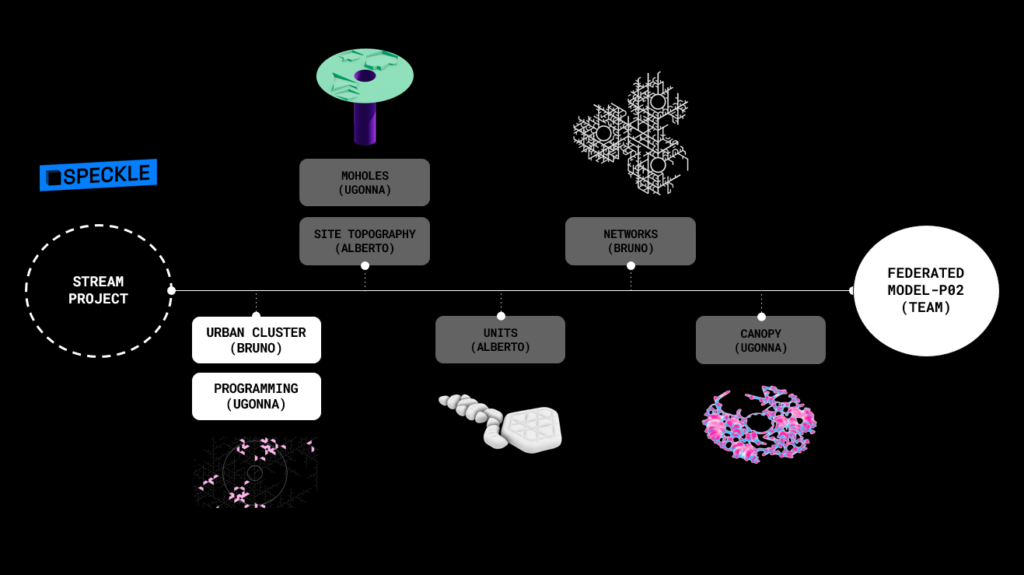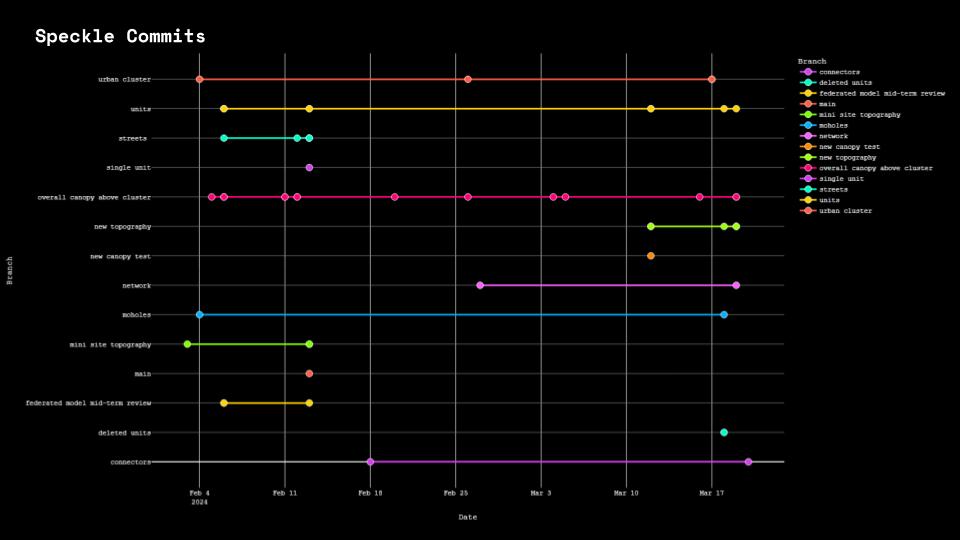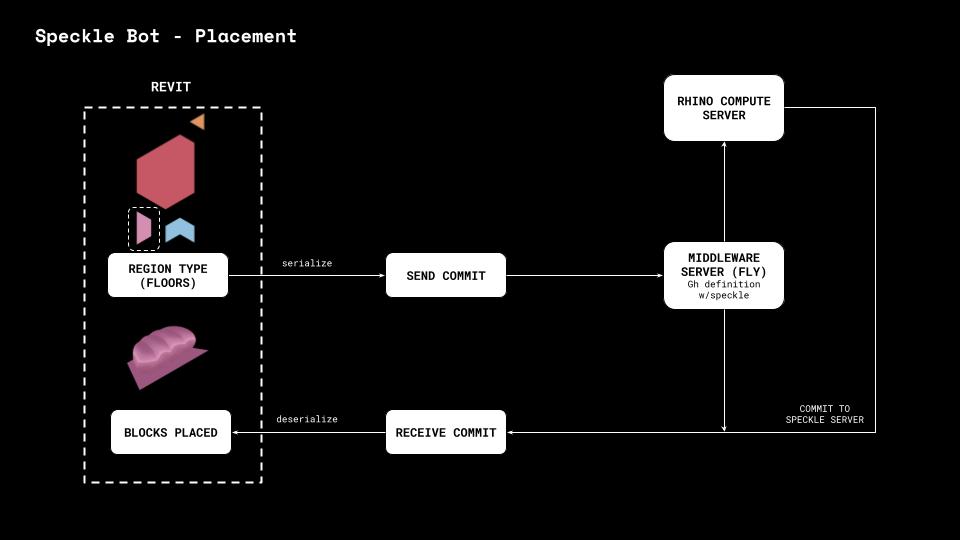Introduction:
Establishing sustainable food sources on Mars is paramount for long-term colonization efforts. Inspired by the growth morphology of alfalfa and utilizing L-systems, we’ve devised a novel approach to organize and develop Martian colonies around a Mohole. This innovative design not only addresses agricultural needs but also lays the foundation for a cultural identity rooted in the language of growth and sustainability.
Developing the Colony:
By defining the logic of L-systems, we laid the groundwork for our colony’s development. Increasing the generations allowed us to create a robust framework for organizing our settlement. Using bounded regions as programmable spaces within the resultant cluster, we automated planning and zoning processes. Residential units were allocated specific areas, while courtyards were designated for optimal light penetration, enhancing efficiency and sustainability.

After defining the L-system logic we increased the generations to start to make the basis of our colony development on site.
From that we start to derive the bounded regions as our programmable space within the resultant cluster and from the regions we start to define an area range for the different programs, for example 33m2 to 50m2-Residential Units, and a different area zoned for the courtyards for light penetration. Thereby automating the plan and zoning.

Then, we established different roles to correspond with the various phases of the project, assigning responsibilities based on each team member’s area of expertise or the specific part of the project they were in charge of.

For our speckle architecture, the workflow starts with the urban plan which dictates the entire project so that’s frozen in the first stage, then we divide the urban plan in 3 sections, the shell, the networks and the units, the unit geometry dictates the topography more than the other parts so the same group member works on the topography conditioning. The first buffer stage happens with the units and the networks for clash detection against the topography while the shell development progresses a bit more. The second buffer stage incorporates the shell, where we check against wider geometry clashes. From this model we develop the design mainly for the shell, with 3d printing analysis using grasshopper and Revit, and structural analysis using grasshopper and Karamaba. After design development of the parts we send this full model to Revit using rhino inside. From this Revit model we start the documentation of the project and schedules and proceed to the rendering stage.

In terms of speckle architecture, the stream was divided into 5 main branches, the urban cluster and program branch containing curves, topography and Mohole branch containing meshes, the inflatable units containing meshes, the networks containing meshes and the canopy mesh. We federate this into one model to push to the wider program stream.

Then, we developed a graph to show the commits, and commit times to speckle and the main branches used during the semester.

Finally, we developed of a SPECKLE-BOT which takes a Revit model, serialize it and committed to a Fly server that hosts a Rhino Compute connection that Enables a Grasshopper definition that allows us to place a complete unit model based on the original Revit geometry. Automating population of the colony.


